
© Steemit
All right, don't panic, but
computers have created their own secret language and are probably talking about us right now. Well, that's kind of an oversimplification, and the last part is just plain untrue. But there
is a fascinating and existentially challenging development that Google's AI researchers recently happened across.
You may remember that back in September, Google announced that its
Neural Machine Translation system had gone live. It uses deep learning to produce better,
more natural translations between languages. Cool!
Following on this success, GNMT's creators were curious about something. If you teach the translation system to translate English to Korean and vice versa, and also English to Japanese and vice versa...
could it translate Korean to Japanese, without resorting to English as a bridge between them? They made this helpful gif to illustrate the idea of what they call
"zero-shot translation" (it's the orange one):
Slide bars to see whole diagram.
As it turns out — yes!
It produces "reasonable" translations between two languages that it has not explicitly linked in any way. Remember, no English allowed. But this raised a second question. If the computer is
able to make connections between concepts and words that have not been formally linked... does that mean that the computer has formed a concept of shared meaning for those words, meaning at a deeper level than simply that one word or phrase is the equivalent of another?
In other words,
has the computer developed its own internal language to represent the concepts it uses to translate between other languages? Based on how various sentences are related to one another in the memory space of the neural network,
Google's language and AI boffins think that it has.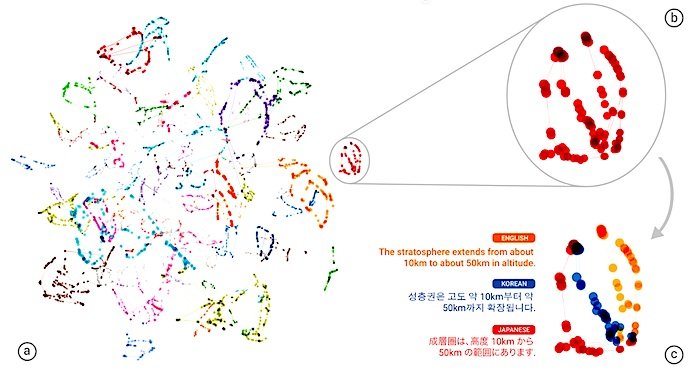
© Google Research BlogPart (a) from the figure above shows an overall geometry of these translations. The points in this view are colored by the meaning; a sentence translated from English to Korean with the same meaning as a sentence translated from Japanese to English share the same color. From this view we can see distinct groupings of points, each with their own color. Part (b) zooms in to one of the groups, and part (c) colors by the source language. Within a single group, we see a sentence with the same meaning but from three different languages. This means the network must be encoding something about the semantics of the sentence rather than simply memorizing phrase-to-phrase translations. We interpret this as a sign of existence of an interlingua in the network.
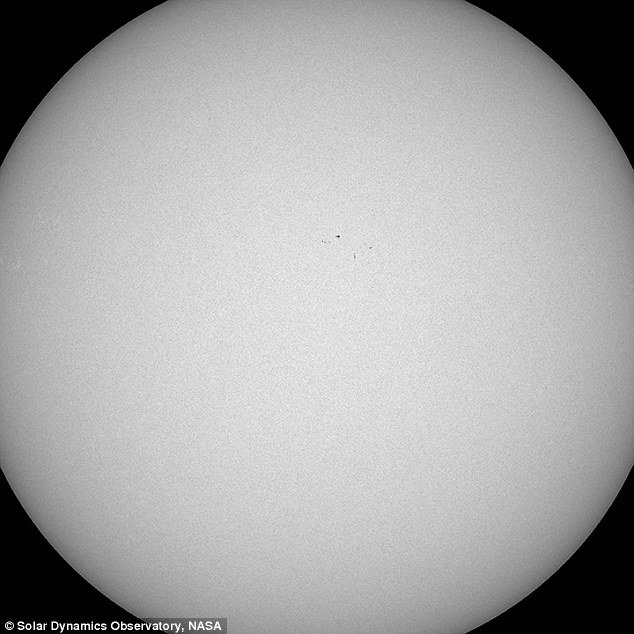
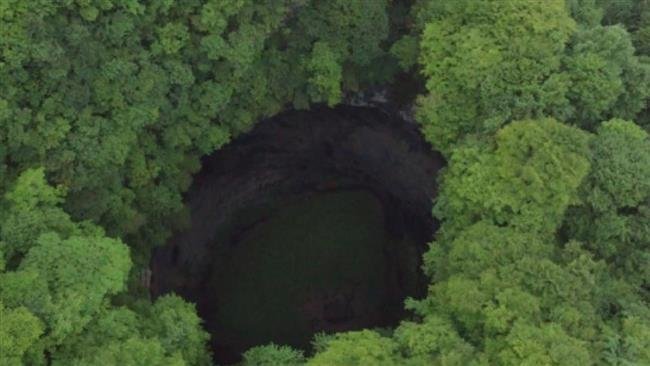

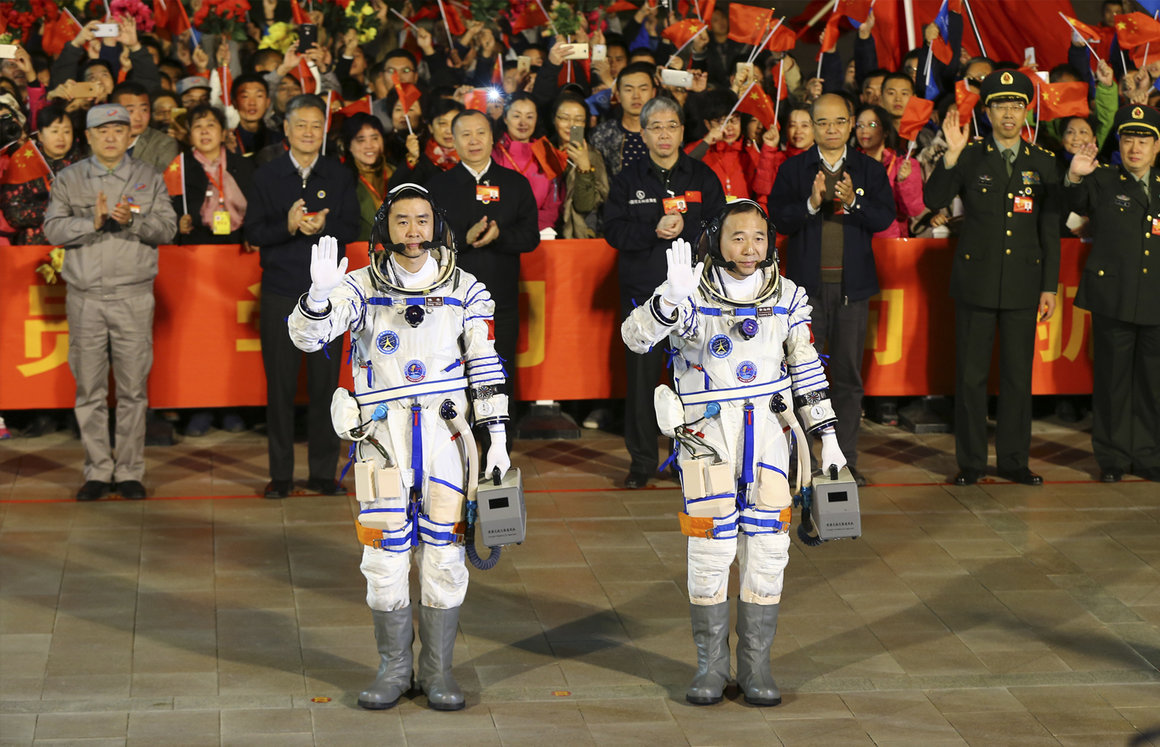
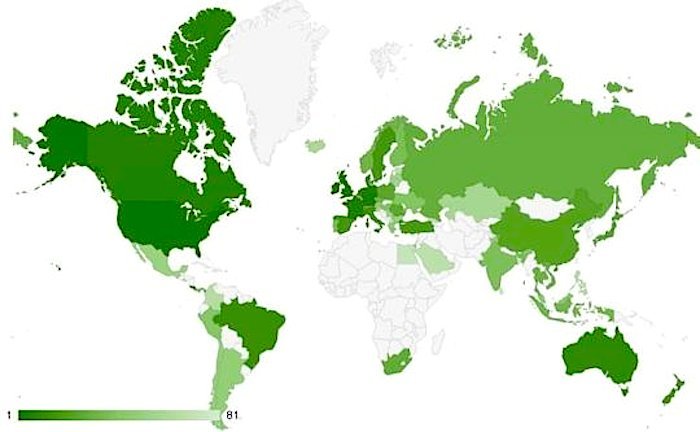

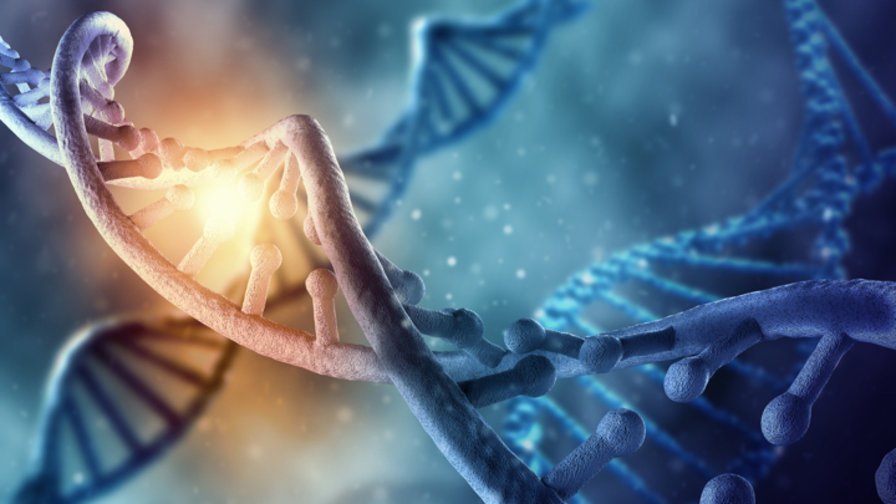

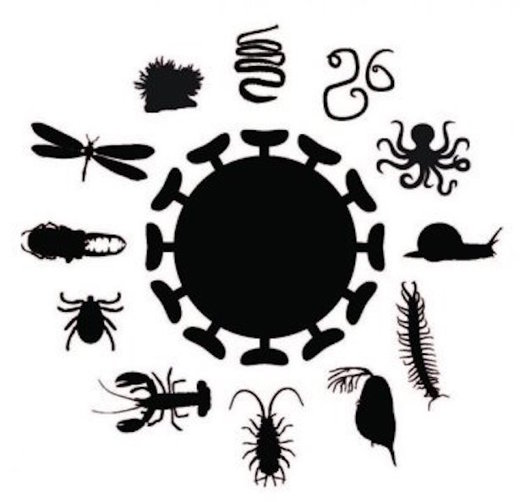





Comment: See also: Researchers claim that humans have souls which can live on after death and Pierre Lescaudron and Laura Knight-Jadczyk's Earth Changes and the Human Cosmic Connection.